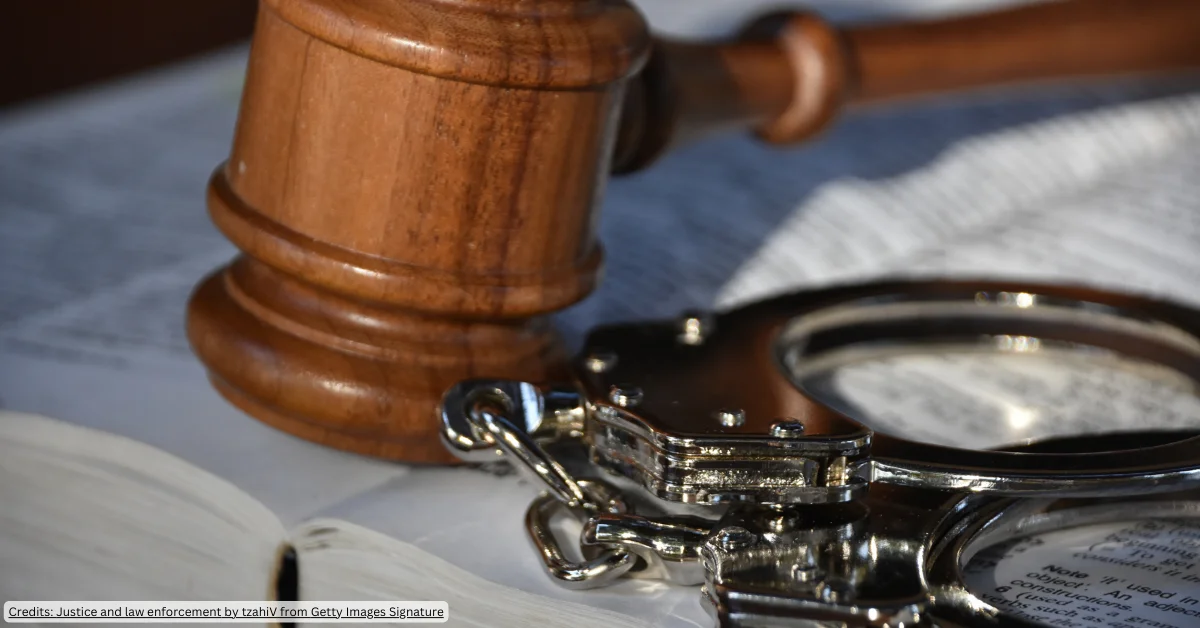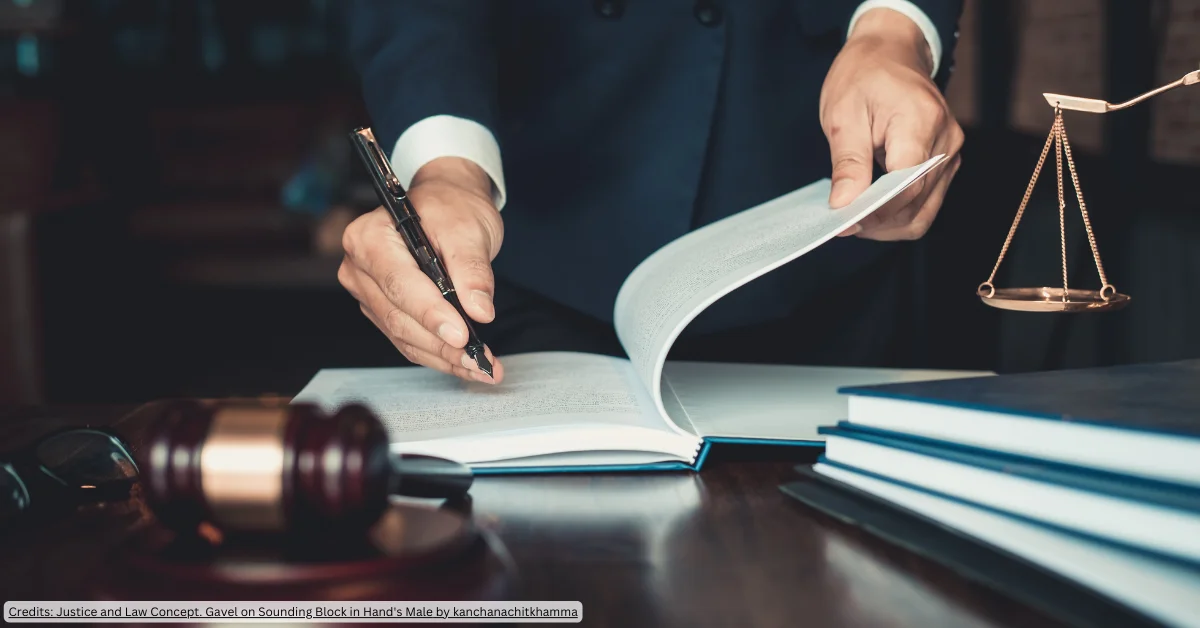Indigenous children have the right to grow up in a nurturing environment with access to equal education standards, health facilities, well-being and the opportunity to thrive.
However, the gap between Aboriginal and Torres Strait Islander students and non-Indigenous students remains wide, and in some areas, it has even broadened over the years.
The Hon Lauren Moss MLA, Minister for Education, Legislative Assembly of Northern Territory kicked off the event.
“We’re here together because we believe that every child, no matter where they live, no matter their circumstances, their lived experience, what school they attend, every child deserves to access quality education,” Moss said in her opening remarks.
“One that sets them up for a happy, healthy and connected life”, she said.

Moss said that education needs acknowledge that it takes a collaborative effort to achieve equal access to education for all. Governments, organizations and partners need to engage, listen deeply and share ownership of the challenges and the opportunities.
Just a week before the event, Moss shares that they have launched the Northern Territory 10-year education engagement strategy, which includes four goals:
- strengthening partnerships with families and communities
- ensuring educators are well equipped to support the needs of young people
- providing opportunities for meaningful learning
- and attending to the emotional, social, psychological and physical needs of the learner
According to Moss, elders, community leaders, and young First Nations education activists have helped reshape Indigenous education. Moss believes that it is essential that the reshaping of education heads this way.
“For far too long, the improvements and changes in education in Australia have been done to people rather than with people and rather than in response to what people are telling us,” Moss said.

John Ralph, Head of Gawura at St Andrew’s Cathedral Gawura School, who also has Aboriginal heritage, shares that:
- According to the Australian census in 2016, Aboriginal and Torres Strait islander indigenous Australians make up just 3% of the total Australian population of 786 689 people.
- 60% of indigenous people live in poverty at a national level
- ATSI make up 35% of the national Australian prison population which at the current rate of growth will be 50% by 2025
- 8 out of 10 prisoners in the NT are of an ATSI origin
- Among Indigenous deaths among the 15 to 35 years old- 1 in 3 are from suicide.
- 1 and 55 Australians die from suicide, but for our first nations people, the rate is 1 in 17.
- Australia has one of the highest suicide rates across PISA nations.
- Poverty will likely get worse- not better.
- Education for indigenous students can improve life circumstances.
The median age of ATSI people in Australia is 23 years (37 for non-ATSI). 35% of the ATSI population is under the age of 15. Students make up 6% of the total student population. Only 58% of ATSI students’ progress from Yr 7 and Yr 12 in 2019, and in 2015 only 25% of ATSI people completed Yr 12.
The proportion of ATSI students, at or above the national minimum standard, decreased for all year levels in reading and numeracy between 2008 and 2018.
SACS Head of School, Phillip Heath, says, “It should not just be left to the government to try and close the gap on the educational outcomes for indigenous students. The private education sector should also try and contribute to making a difference”.
“Our model is based on partnership and reciprocity with parents”, Dr John Collier, Head of School at Gawura School (St Andrew’s Cathedral), says, “We avoid doing what our co-founder Pastor Raymond describes as white fellows telling black fellows what’s good for them”.
Glen Watt, Director, IMPACT Centre, Department of Education QLD, was also present.
“One thing that I really believe in is the need to inspire kids and to inspire educators,” Watt said.
Watt introduced IMPACT. The IMPACT Pedagogical Model emphasizes your school community’s collective impact on student learning, thinking and well-being.
- It creates alignment through the integration of pedagogical processes and proven approach and practices.
- It articulates ‘the how’ by providing a succinct common language that facilitates intentional collaboration and informed pedagogical decision-making.
- It promotes professional autonomy by adapting to each school’s unique context and the difference of the curriculum, the learning and the learner.
The result is precision clarity and innovation across the school and a lasting, positive impact on student capability and achievements.
IMPACT stands for:
- Inspire by lighting the fire; using emotion, motivation, questions, association and prediction
- Model by showing how; success, metacognition, visuals, chunking and flipping
- Practise by trying it out; repetition, retrieval, feedback and scaffolding
- Apply through depth and breadth; problem-solving, critical thinking, transfer and creative thinking
- Connect “YUMI” (you and me); personally, socially, collaboratively, globally and reflectively
- Transform by soaring the sky; learning, attitudes, behaviours and results
“IMPACT model is not meant to be a replacement or something different to something you already do,” Watt said “the idea of modelling and practising it’s all there. It just might add some value,” Watt said.














